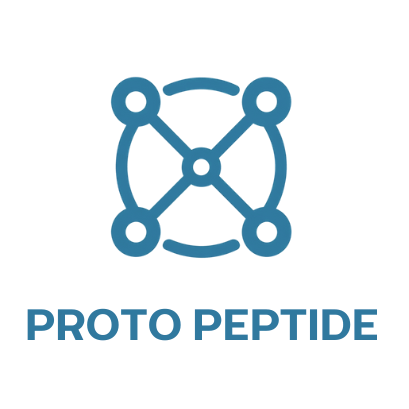How Peptides Interact with Receptors: A Look at Binding Pathways
Peptides are short chains of amino acids that play critical roles in biological processes, often acting as signaling molecules. Their therapeutic potential lies in their ability to bind with specific cellular receptors and elicit targeted physiological responses. Understanding the pathways through which peptides interact with receptors is fundamental to harnessing their power in both clinical and research settings.
What Are Receptors?
Receptors are specialized protein molecules typically located on the surface of cells or within cellular membranes. They serve as communication gatekeepers, recognizing and binding with specific ligands such as hormones, neurotransmitters, or peptides. Once a peptide binds to its receptor, it initiates a cascade of intracellular events that result in a biological response.
The Binding Process: Key Steps
- Recognition: The peptide must first locate and recognize its target receptor. This recognition is highly specific and depends on the shape, charge, and chemical composition of both the peptide and the receptor.
- Binding: Once in close proximity, the peptide forms non-covalent interactions—such as hydrogen bonds, ionic interactions, and hydrophobic effects—with the receptor’s binding site.
- Activation: Binding often causes a conformational change in the receptor, which can activate signaling pathways inside the cell. For example, G-protein-coupled receptors (GPCRs) transmit signals through secondary messengers like cAMP or calcium ions.
Types of Peptide-Receptor Interactions
- Agonists: Peptides that activate a receptor to produce a biological response.
- Antagonists: Peptides that bind to a receptor but block its activation, preventing a biological response.
- Partial Agonists: Peptides that activate receptors but produce a smaller response compared to full agonists.
Examples in Therapeutics
Therapeutic peptides like Terzapeptide and Retatrutide interact with receptors involved in metabolic regulation, making them promising candidates for treating obesity and type 2 diabetes. By mimicking or enhancing the body’s own peptide signals, these treatments can precisely modulate key physiological pathways with fewer side effects compared to traditional drugs.
Challenges and Advances
One of the primary challenges in peptide-receptor interaction is stability—peptides can degrade quickly in the bloodstream. Advances in peptide engineering, such as cyclization and PEGylation, have helped improve their stability, receptor affinity, and bioavailability. Additionally, computational modeling and molecular docking are now used to design peptides with optimized receptor-binding profiles.
Conclusion
The interaction between peptides and receptors is a finely tuned biochemical process that underpins many therapeutic strategies. As research continues to evolve, we can expect more sophisticated peptide-based treatments that harness the precision of natural signaling systems to address complex medical conditions.
Disclaimer
This article is for informational and educational purposes only. It does not constitute medical advice, diagnosis, or treatment. The peptide mentioned is intended for research use only and is not approved for human or veterinary use. Always consult a qualified medical or scientific professional before making decisions based on the content of this blog.
